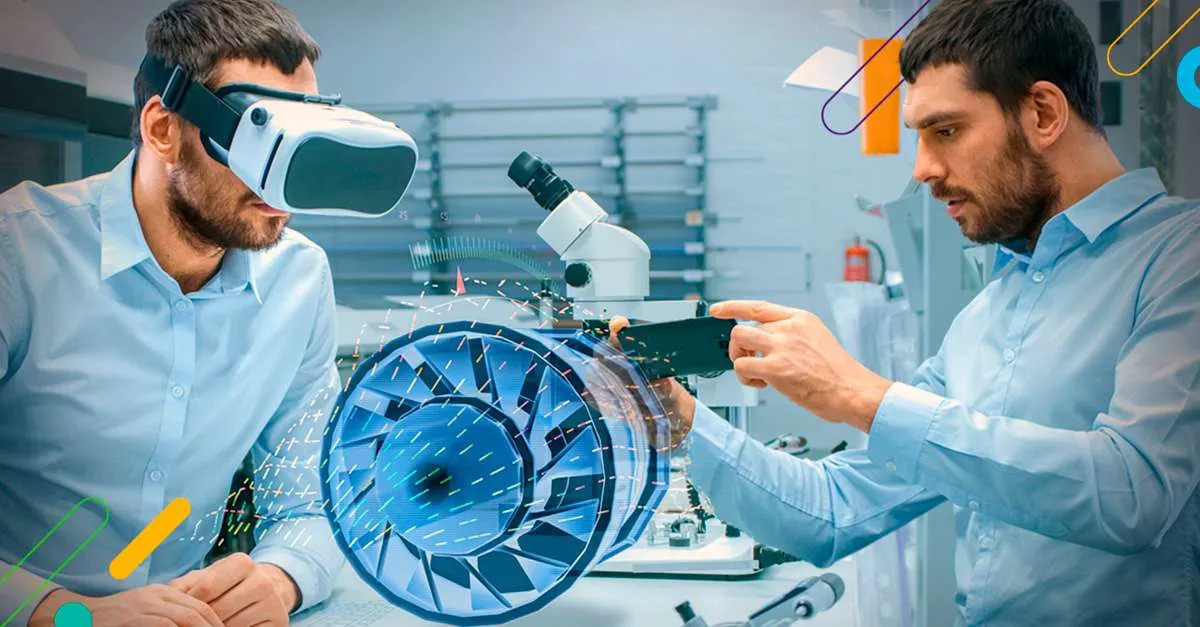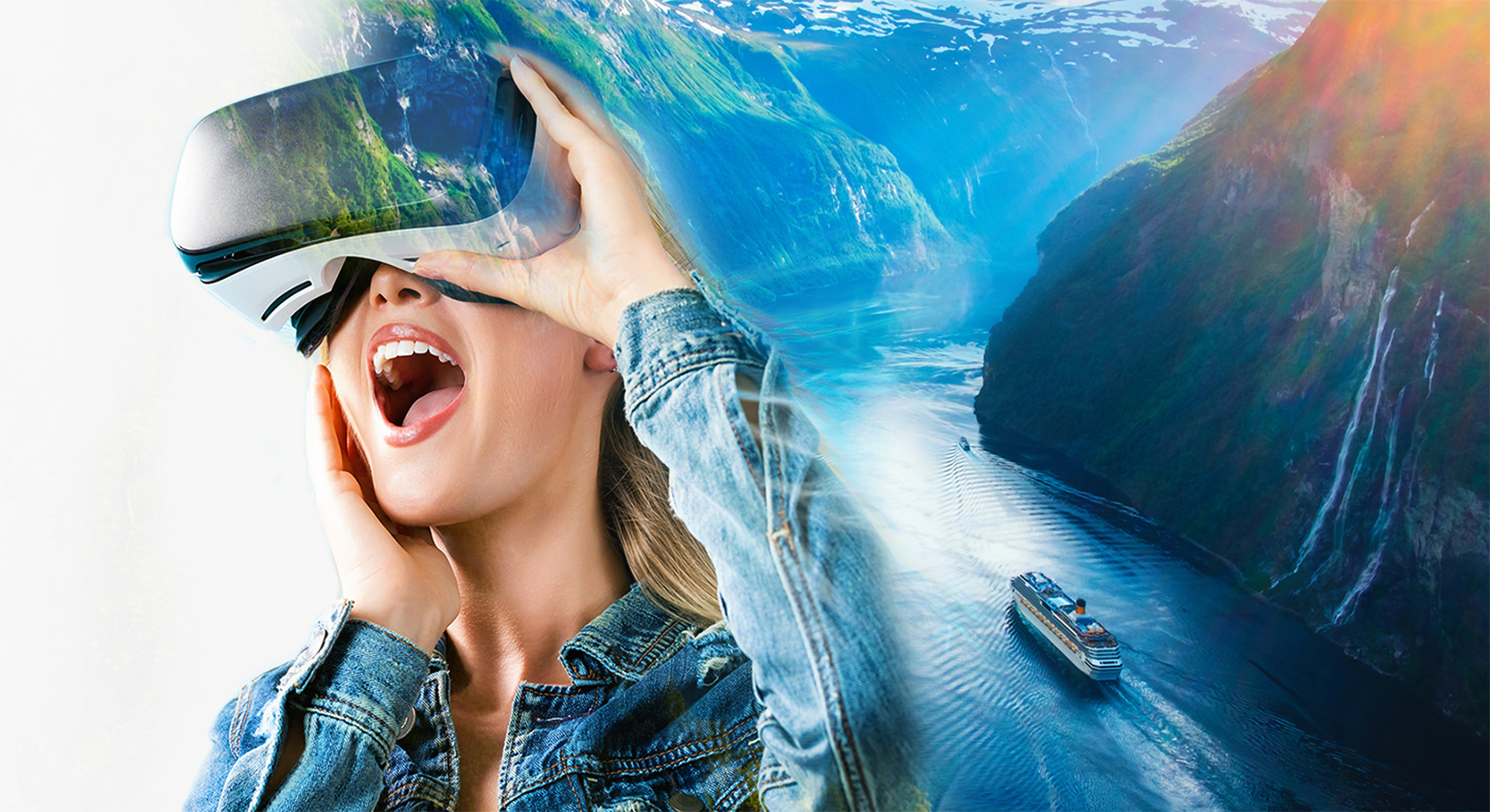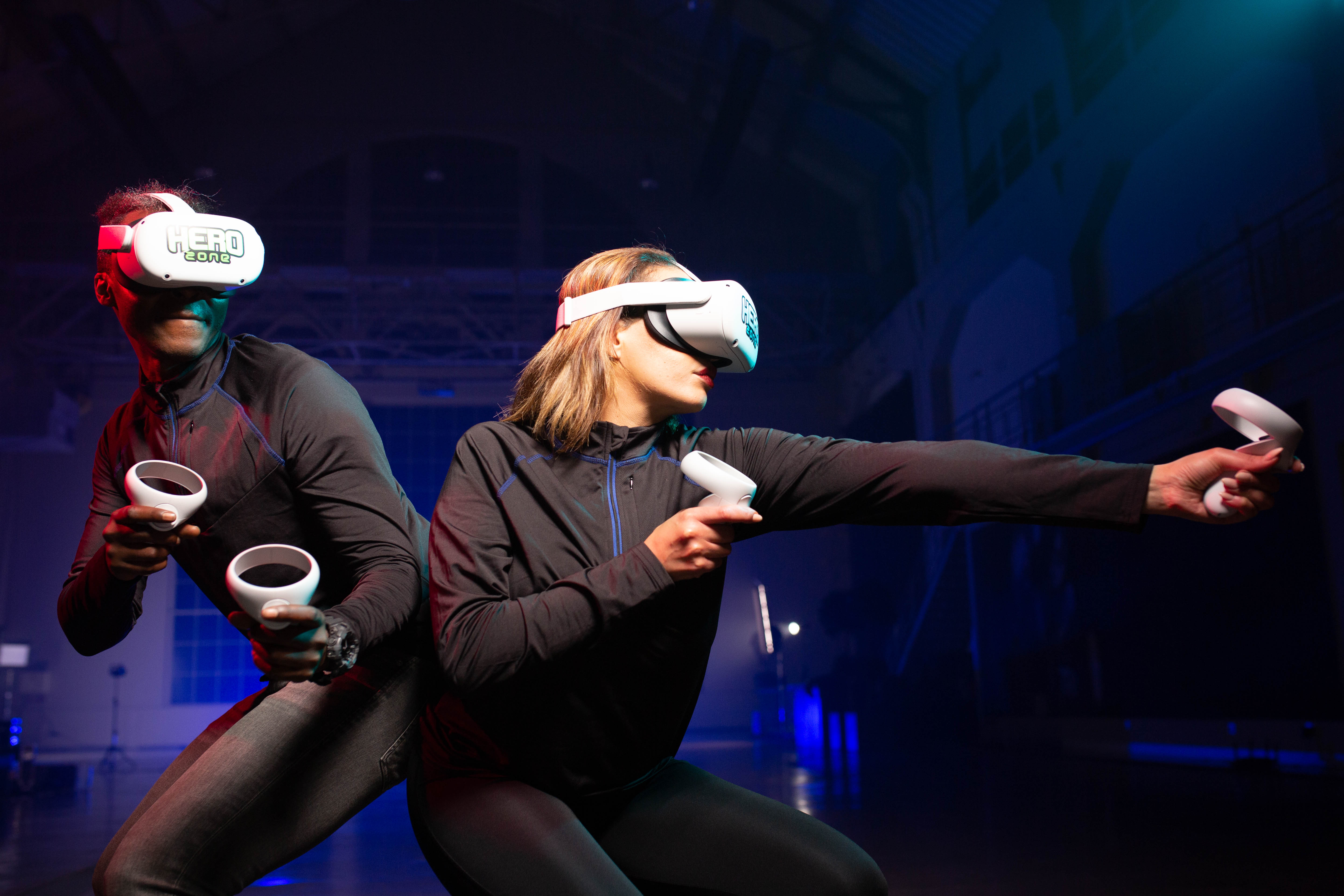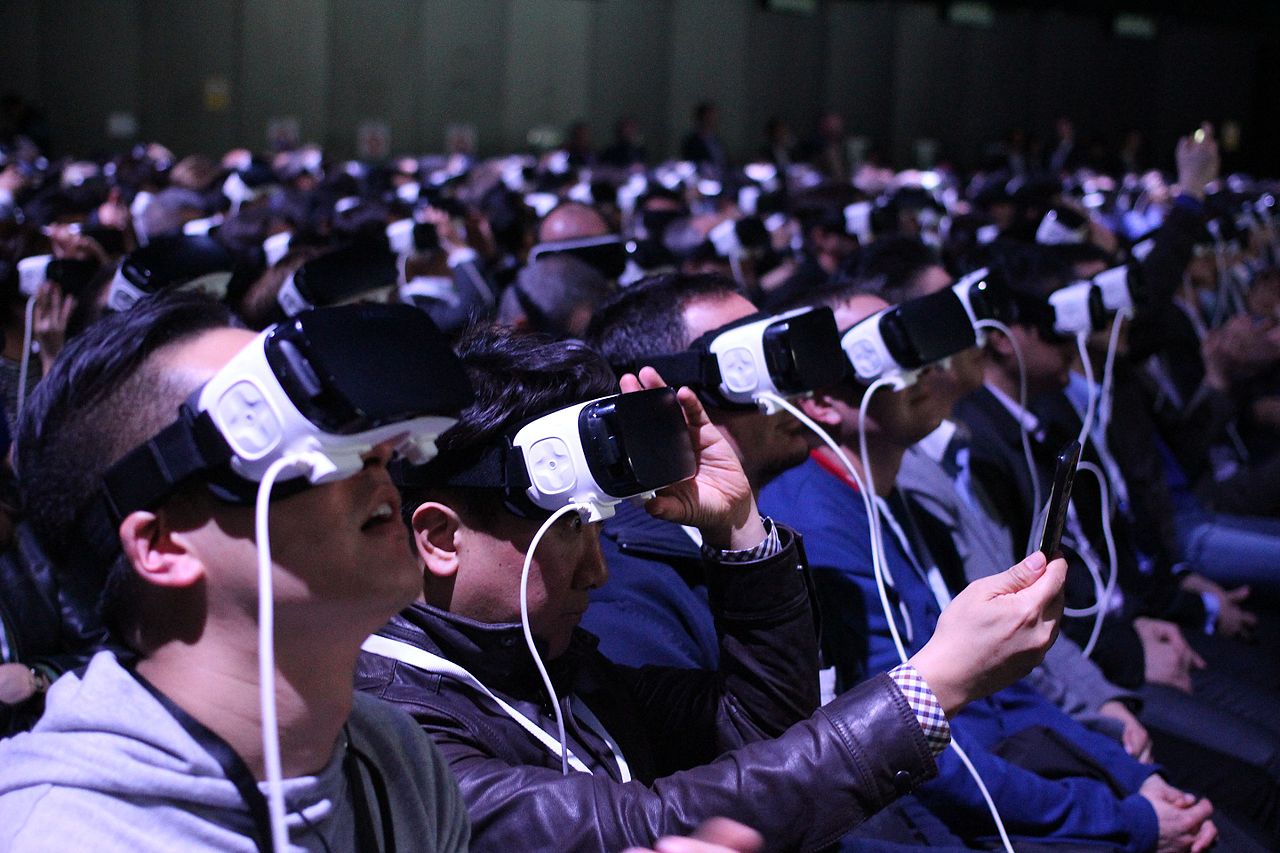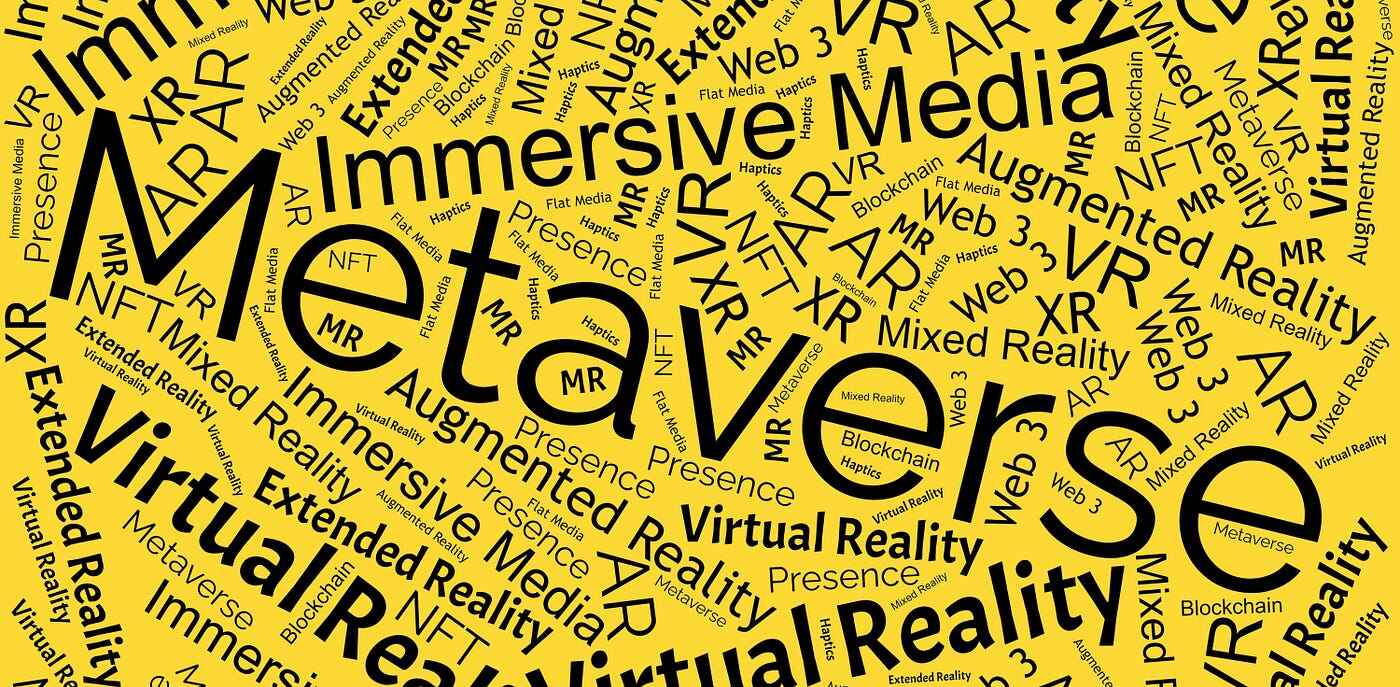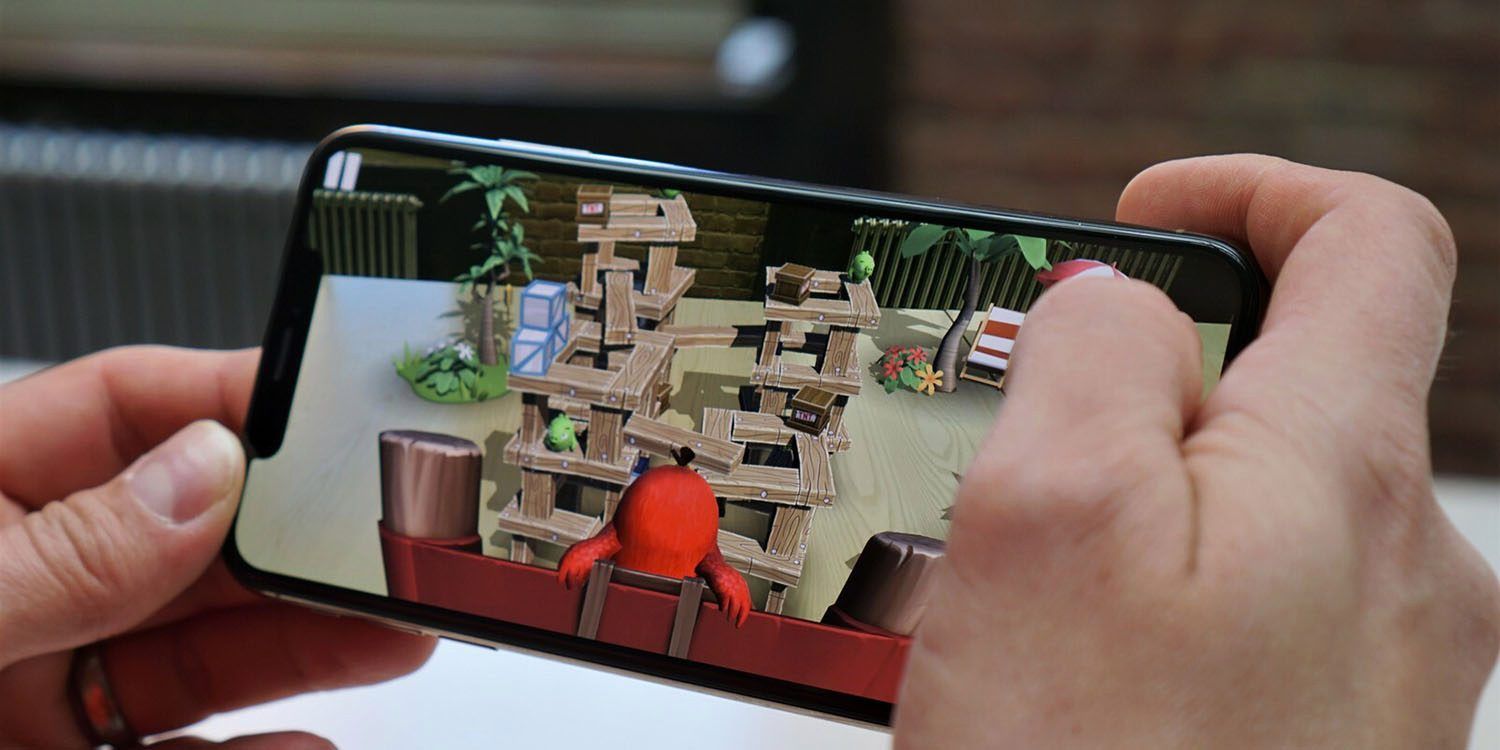Introduction
Virtual Reality (VR) has become an increasingly popular technology in recent years, revolutionizing various industries and transforming the way we experience digital content. By providing an immersive and interactive environment, VR enables users to explore virtual worlds in a lifelike manner. From gaming and entertainment to education and healthcare, VR has found its applications in numerous fields.
With advancements in technology and the availability of affordable VR devices, the adoption of virtual reality has significantly increased. This has led to the development of a wide range of software and hardware solutions, tailored to meet the specific needs of various industries. VR has opened up new possibilities and opportunities, enhancing user engagement and providing a unique and unforgettable experience.
In this article, we will explore some of the key areas where virtual reality is being used and making a significant impact on our lives. From gaming and entertainment to education and training, healthcare and medicine to architecture and design, we will delve into the various ways VR is being utilized.
So, let’s dive into the exciting world of virtual reality and discover how it is transforming different industries.
Gaming
One of the most popular and well-known applications of virtual reality is in the gaming industry. VR gaming offers a truly immersive experience, transporting players into virtual worlds where they can interact with the environment and characters in a realistic and engaging manner.
Virtual reality gaming takes traditional gaming to a whole new level. Players can put on a VR headset and step into a virtual world where they can explore unique landscapes, fight enemies, solve puzzles, and even compete with other players in multiplayer modes. The ability to physically move and interact with objects in the virtual world through motion controllers adds an extra layer of realism and excitement.
With the advancement of VR technology, gaming studios are creating more sophisticated and visually stunning VR games. From first-person shooters and action-adventure games to puzzle and simulation games, there is a wide range of VR titles available to suit different interests and preferences.
Virtual reality also allows game developers to experiment with innovative gameplay mechanics. For example, in some VR games, players have to physically crouch, jump, or lean to navigate through obstacles or dodge incoming projectiles. This physicality adds a new dimension of immersion and realism, making the gaming experience even more thrilling.
Moreover, VR gaming has also opened doors for virtual reality arcades and gaming centers. These dedicated venues provide a space for people to come together and enjoy multiplayer VR experiences in a social setting. Players can engage in competitive or cooperative gaming sessions, creating a sense of camaraderie and excitement.
Overall, virtual reality has revolutionized the gaming industry, delivering immersive and interactive experiences that were previously unimaginable. With constant advancements in hardware and software, VR gaming is set to continue evolving and pushing the boundaries of what is possible in the digital entertainment world.
Entertainment and Media
Virtual reality has also made a significant impact on the entertainment and media industry, transforming the way we consume and experience content. From movies and television to live events and music, VR has opened up new avenues for innovative storytelling and immersive entertainment.
With VR, viewers can go beyond merely watching a movie or a show; they can step inside the virtual world and become active participants in the narrative. VR films and documentaries provide a 360-degree view, allowing viewers to look around and explore the environment as if they were physically present in the scene. This level of immersion enhances the storytelling experience and offers a new perspective on traditional cinematic techniques.
Live events, such as concerts and sports, have also embraced virtual reality. Through VR streaming, audiences can enjoy front-row seats and have a truly immersive experience, even from the comfort of their own homes. Virtual reality allows viewers to feel as if they are part of the crowd, with the ability to look around and choose their own viewpoint.
Virtual reality has also extended its reach to the world of gaming and entertainment experiences. Theme parks and entertainment centers are incorporating VR attractions, offering thrilling and interactive adventures. Users can put on a VR headset and be transported to thrilling virtual worlds where they can ride roller coasters, battle monsters, or solve puzzles.
Additionally, virtual reality has provided new avenues for artists to showcase their work. Artists can create immersive 3D environments and sculptures, allowing viewers to engage with their artwork on a whole new level. This fusion of art and technology has opened up endless possibilities for creative expression and audience interaction.
Overall, virtual reality is revolutionizing the entertainment and media industry by offering immersive and interactive experiences in storytelling, live events, gaming, and art. As this technology continues to evolve, we can expect to see even more groundbreaking applications that will redefine how we engage with entertainment and media content.
Education and Training
Virtual reality has emerged as a powerful tool in the field of education and training, revolutionizing the way students learn and professionals enhance their skills. By providing immersive and interactive environments, VR allows learners to engage in realistic simulations and hands-on experiences that were previously limited or unavailable.
In the realm of education, virtual reality offers a range of opportunities. Students can explore historical landmarks, visit far-off countries, or even travel back in time to witness important events. They can delve into scientific concepts by observing molecules or exploring the human body in a 3D environment. VR also enables teachers to create engaging and interactive lessons that capture students’ attention and enhance their understanding of complex topics.
Furthermore, virtual reality opens up new possibilities for vocational and technical training. Professionals in industries such as aviation, healthcare, and engineering can practice skills and procedures in virtual environments that closely simulate real-world scenarios. This allows for a safe and controlled learning environment where learners can make mistakes and learn from them without any consequences.
Virtual reality is also being used to train first responders and military personnel. Emergency simulations in VR provide realistic scenarios where trainees can practice decision-making, communication, and critical thinking skills. This immersive training improves readiness and enhances the ability to handle high-stress situations effectively.
Another area where virtual reality is making an impact is in soft skills training. VR simulations offer a safe space for individuals to practice public speaking, leadership, and teamwork skills. Learners can engage with virtual characters and receive immediate feedback on their performance, helping them develop and refine their interpersonal abilities.
Overall, virtual reality is transforming education and training, providing learners with immersive and engaging learning experiences that go beyond traditional classroom settings. As the technology continues to advance, we can expect to see even more innovative applications that will shape the future of education and professional development.
Healthcare and Medicine
Virtual reality is revolutionizing the healthcare and medicine industry, offering new possibilities for patient care, medical training, and therapy. By creating realistic and immersive virtual environments, VR is transforming the way medical professionals diagnose, treat, and rehabilitate patients.
One of the significant applications of VR in healthcare is in surgical training. Surgeons can practice complex procedures in virtual environments that accurately mimic real surgical situations. This allows them to refine their skills, test innovative techniques, and improve patient outcomes. VR surgical simulations also provide a safe space to train without the need for actual patients, minimizing risks and optimizing the learning process.
Patient care is also benefiting from virtual reality. VR can be used to distract patients during procedures, reducing anxiety and pain perception. It can transport patients to serene and calming environments, helping them manage stress and discomfort. Therapeutic VR applications are also being used for pain management and rehabilitation, offering interactive exercises and simulations to aid in the recovery process.
Additionally, VR is enabling remote healthcare delivery, particularly in telemedicine. Doctors can diagnose and treat patients from a distance using virtual reality technology, eliminating the barriers of physical distance and increasing access to healthcare services, especially in rural or underserved areas.
Virtual reality is also being utilized in mental health therapy. VR environments can recreate scenarios that trigger specific phobias or anxieties, allowing therapists to guide patients through exposure therapy in a controlled and safe manner. This immersive approach helps individuals confront and overcome their fears, leading to more effective and lasting outcomes.
Moreover, VR is playing a role in medical education, allowing students and healthcare professionals to experience and understand complex medical concepts in a more engaging and interactive way. VR can simulate medical scenarios, allowing learners to practice decision-making, patient interactions, and emergency responses in a risk-free environment.
In summary, virtual reality is transforming healthcare and medicine by improving surgical training, enhancing patient care and therapy, enabling remote healthcare delivery, and revolutionizing medical education. As the technology continues to evolve, we can expect even more exciting and impactful applications that will shape the future of healthcare.
Architecture and Design
Virtual reality is revolutionizing the field of architecture and design, providing architects, designers, and clients with immersive and interactive experiences that enhance the design and visualization process. With VR technology, stakeholders can explore and interact with virtual architectural models in a realistic and intuitive manner.
Architects and designers can create virtual walkthroughs of proposed buildings or spaces, allowing clients to visualize and experience the design before it is constructed. This helps in making informed decisions and enables early detection of design flaws or potential improvements. With VR, adjustments can be made in real-time, facilitating effective collaboration and streamlining the design process.
Virtual reality also plays a vital role in interior design. Clients can experience different design concepts, furniture layouts, and color schemes in a virtual environment. This allows for better understanding and visualization of the final result, leading to more precise design decisions. In addition, virtual reality can simulate lighting conditions, enabling designers to assess the impact of natural and artificial light on the space.
Furthermore, VR has become an essential tool in urban planning and landscape architecture. City planners can create virtual city models to understand how different elements, such as buildings, roads, and public spaces, interact and impact the overall urban environment. This aids in making informed decisions about urban design, transportation, and infrastructure development.
Virtual reality also allows architects and designers to showcase their work to a broader audience. With VR presentations, potential clients and stakeholders can explore and experience architectural projects remotely. This widens the reach and impact of design, fostering better communication and understanding.
Moreover, virtual reality can simulate real-world conditions, such as acoustics, wind patterns, and environmental factors. This enables architects and designers to optimize the functionality and sustainability of their designs, ensuring a high level of performance and user comfort.
In summary, virtual reality is transforming the architecture and design industry by providing immersive and interactive experiences, facilitating better design visualization and decision-making. VR technology is revolutionizing the way architecture and design projects are conceptualized, developed, and presented, leading to more efficient and successful outcomes.
Tourism and Travel
Virtual reality is reshaping the tourism and travel industry, offering travelers new ways to explore destinations and plan their trips. With VR technology, individuals can experience virtual tours, immersive travel simulations, and interactive travel planning tools, providing an enhanced and realistic travel experience.
Virtual reality allows travelers to virtually visit different destinations and landmarks from the comfort of their own homes. Through 360-degree videos and virtual tours, users can explore famous tourist attractions, historical sites, and natural wonders in a highly immersive and interactive manner. This enables them to get a feel for the destination and make informed decisions about their travel plans.
Moreover, virtual reality can simulate travel experiences that might be physically and financially inaccessible to some individuals. Whether it’s climbing Mount Everest, scuba diving in the Great Barrier Reef, or visiting remote and exotic locations, VR allows users to immerse themselves in these experiences without leaving their homes. This inclusion of virtual travel creates opportunities for people with limited mobility or budget constraints to still enjoy unique travel experiences.
Virtual reality can also enhance the pre-travel experience by enabling users to virtually explore and plan their itineraries. Through VR travel planning tools, travelers can visualize hotel rooms, transport options, and local attractions, helping them make more informed decisions about their trip. This technology allows for a more personalized and immersive travel planning process.
Furthermore, virtual reality is being used by travel agencies and industry professionals to showcase and promote destinations. Travel marketing campaigns can offer potential tourists a taste of what they can expect to experience through virtual reality. This immersive approach to destination marketing can significantly influence travel decisions and motivate individuals to explore new places.
In summary, virtual reality is transforming the tourism and travel industry by providing immersive and interactive experiences that allow users to virtually explore destinations, plan their trips, and access experiences that may otherwise be out of reach. As the technology continues to evolve, we can expect even more innovative applications that will revolutionize the way we travel and experience the world.
Social Interaction and Communication
Virtual reality has become a game-changer in the realm of social interaction and communication, offering new ways for people to connect and engage with each other in immersive virtual environments. VR allows individuals from different parts of the world to come together, interact, and collaborate in a way that was previously not possible.
Virtual reality social platforms provide a space where users can create avatars and meet others in virtual settings. Users can have conversations, attend virtual events, and even participate in group activities together. This immersive social interaction brings a sense of presence and connectivity, allowing individuals to feel as if they are physically present with others, even from a distance.
Virtual reality also opens up possibilities for enhanced communication. Users can engage in more natural and intuitive conversation using gestures, body movements, and facial expressions, which are tracked and reflected in the virtual environment. This level of non-verbal communication adds depth and authenticity to virtual interactions, making them feel more lifelike.
Additionally, virtual reality can provide a safe space for individuals to overcome social anxiety or fears of public speaking. Through VR simulations, users can expose themselves to various social situations and gradually build confidence in their social skills. This has potential applications in therapy and self-improvement.
Virtual reality is also facilitating immersive remote collaboration. Professionals in various industries can work together in virtual environments, regardless of their physical location. This enables more efficient teamwork, knowledge sharing, and creativity, as individuals can visualize and interact with shared 3D models and data in real-time.
Furthermore, virtual reality can foster cross-cultural understanding and empathy. By interacting with people from different backgrounds and cultures in virtual environments, users can gain a deeper appreciation and understanding of diversity. This has the potential to bridge gaps and promote global understanding.
In summary, virtual reality is transforming social interaction and communication by providing immersive and engaging experiences that enable individuals to connect, collaborate, and experience a sense of presence in a virtual environment. As technology continues to advance, we can anticipate even more innovative applications that will redefine the way we interact and communicate with others.
Business and Marketing
Virtual reality is revolutionizing the world of business and marketing, offering new opportunities for companies to engage with customers, showcase products and services, and create immersive brand experiences. The use of VR technology in business and marketing has the potential to enhance customer engagement, drive sales, and differentiate brands in a competitive marketplace.
One of the key applications of virtual reality in business is in product visualization and design. VR allows customers to interact with virtual models of products, exploring their features, functionality, and design in detail. This immersive experience helps in making informed purchase decisions and provides a deeper understanding of the product’s value proposition.
Virtual reality also enables companies to create branded experiences and virtual showrooms. Through VR, businesses can showcase their products and services in interactive and captivating ways. Customers can virtually explore different environments, try out products, and receive personalized recommendations, creating a memorable and engaging brand experience.
Moreover, virtual reality is transforming the way businesses conduct meetings and collaborations. VR meetings and virtual conference rooms allow teams to come together from different locations, reducing travel costs and saving time. This technology enables more immersive and engaging interactions, enhancing team collaboration and communication.
In the field of marketing, virtual reality offers innovative and impactful ways to engage customers. Brands can create virtual reality advertising campaigns that immerse customers in branded experiences, elevating the level of engagement and emotional connection. This interactive approach to marketing can leave a lasting impression on consumers and differentiate brands in a crowded marketplace.
Virtual reality can also be used in market research and consumer testing. Companies can create virtual environments to gather data on consumer preferences, behavior, and reactions to new product offerings. This insights-driven approach to market research allows businesses to make data-backed decisions and tailor their offerings to meet customer needs.
Furthermore, virtual reality has the potential to revolutionize the retail industry. With VR, customers can virtually try on clothing, visualize home decor in their own living spaces, or test drive vehicles, providing a unique and convenient shopping experience. This technology has the potential to transform the way consumers shop and make purchase decisions.
In summary, virtual reality is transforming the way businesses market their products and engage with customers. VR technology provides immersive and interactive experiences that help businesses visualize and showcase their offerings, conduct meetings and collaborations, create branded experiences, and gather insightful market research data. As the technology continues to advance, we can expect even more innovative applications that will shape the future of business and marketing.
Sports and Fitness
Virtual reality is making a significant impact on the sports and fitness industry, revolutionizing the way athletes train, fans engage with sports, and individuals pursue active lifestyles. Through immersive and interactive experiences, VR is enhancing performance, providing virtual coaching, and creating new opportunities for fan engagement.
For athletes, virtual reality is being used as a training tool to improve performance and enhance skills. VR simulations can replicate real game scenarios, allowing athletes to practice decision-making, reaction times, and situational awareness in a safe and controlled environment. This technology provides valuable feedback and analytics, enabling athletes to analyze their performance and make necessary adjustments.
Furthermore, virtual reality is transforming the fitness industry. VR fitness experiences offer engaging and interactive workouts that make exercising enjoyable and immersive. Users can participate in virtual fitness classes, explore virtual environments while exercising, or engage in gamified fitness experiences. This technology provides motivation, variety, and a sense of achievement, enhancing the overall fitness journey.
Virtual reality is also changing the way fans engage with sports. VR live streaming allows fans to experience games and events from unique and immersive perspectives, such as being on the field or courtside. This technology provides a sense of presence and excitement, bringing fans closer to the action and enhancing the overall viewing experience.
In addition, virtual reality is creating new opportunities for virtual sports competitions and esports. VR gaming experiences can simulate sports activities, giving individuals the chance to compete in virtual sports events and championships. These virtual sports experiences not only entertain but also promote physical activity and healthy competition.
Moreover, virtual reality has the potential to improve sports rehabilitation and injury recovery. VR simulations can be used for physical therapy sessions, allowing injured athletes to practice movements and exercises in a controlled virtual environment. This technology can accelerate the recovery process and enable athletes to regain strength and mobility more effectively.
Overall, virtual reality is transforming the sports and fitness industry by providing immersive training experiences for athletes, engaging fitness experiences for individuals, innovative fan engagement opportunities, and potential applications in sports rehabilitation. The continued advancement of VR technology holds promising prospects for the future of sports, fitness, and active lifestyles.
Conclusion
Virtual reality has emerged as a transformative technology across various industries, offering immersive and interactive experiences that were once only imaginable. From gaming and entertainment to education and training, healthcare, architecture, tourism, social interaction, business, and sports, VR has revolutionized the way we engage with digital content and real-world environments.
In the gaming industry, virtual reality has taken gaming experiences to new heights, providing players with immersive and interactive gameplay. Entertainment and media have also been revolutionized, allowing viewers to become active participants in virtual worlds and creating new possibilities for storytelling. In education and training, VR has transformed the learning experience, enabling realistic simulations and hands-on training in various fields.
In healthcare, virtual reality has enhanced patient care, surgical training, and therapy, offering new ways to diagnose, treat, and rehabilitate patients. Architecture and design have benefited from VR through immersive visualization, allowing architects and designers to create virtual environments for better planning and communication.
Tourism and travel have witnessed a shift with virtual reality, providing immersive experiences, virtual tours, and enhanced travel planning. Social interaction and communication have been transformed, enabling people to connect and collaborate in virtual environments, transcending physical barriers.
In the business and marketing world, virtual reality has opened up new avenues for engaging customers, showcasing products and services, and conducting remote collaborations. And in the realm of sports and fitness, VR is enhancing athlete training, providing immersive workouts, and revolutionizing fan engagement.
As virtual reality technology continues to evolve and become more accessible, we can expect further innovations and advancements in these industries and beyond. Virtual reality has the potential to reshape the way we experience and interact with the world, offering endless possibilities for entertainment, education, healthcare, marketing, and more.
The future of virtual reality is promising, and as its applications continue to expand, it will undoubtedly continue to shape and enhance our lives in ways we have yet to fully comprehend. So, fasten your virtual reality headsets and get ready to embark on an exciting journey into the immersive world of virtual reality.









